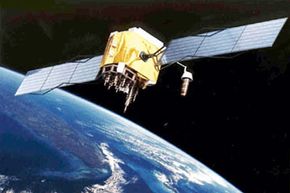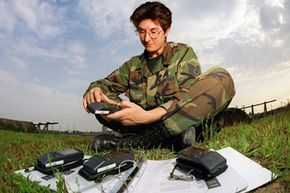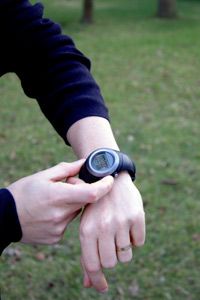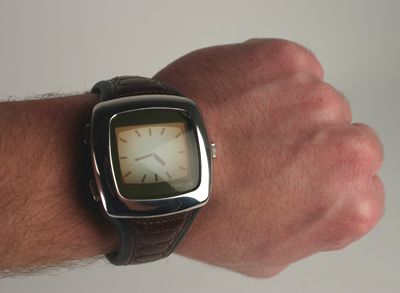
What could you do if you had a way of recording exactly how much effort you put into your workouts? How much time could you save if you knew that every step, every stroke of a kayak paddle or every turn of a bicycle pedal was fine-tuned to give you the fitness result you want? Would you make better decisions -- and have more fun -- if you could glance at your wrist and access a highly precise navigation and weather tool?
Unless you've been completely cut off from technology for more than a decade, you know that this isn't science fiction: global positioning system (GPS) technology has revolutionized how we move about the planet. The stars of this system are a network of 24 satellites that circle the earth in precisely tracked orbits. They're synchronized to broadcast unique signals at exactly the same time, which receiver units in airplanes, cars and even mobile phones use to calculate their position relative to the satellites. If your GPS unit can pick up signals from at least three satellites (though four is preferable), it can calculate your latitude, longitude, speed and altitude to within a few feet or meters.
Advertisement
An array of manufacturers are putting this once-classified military technology to all kinds of uses, such as building ever-more-accurate navigation tools and using mobile-phone GPS tracking to customize ad campaigns for specific users in specific locations. And sporting goods companies have jumped whole-heartedly onto this bandwagon, with a rapidly expanding fleet of watch-sized GPS tools designed for athletes and outdoor adventurers.
These wristwatch-sized computers often come packed with a library of position-based information; it's possible to buy a GPS watch today that will let you find your location -- anywhere on the planet -- within minutes of opening the box. But GPS watches go far beyond simple "hey, look where I am" gimmicks. With a little knowledge about how the watches work, you can train smarter and perform better in the heat of competition. There's no need to wait for the future of sports and fitness -- it's here today, and it fits on your wrist.
Advertisement




